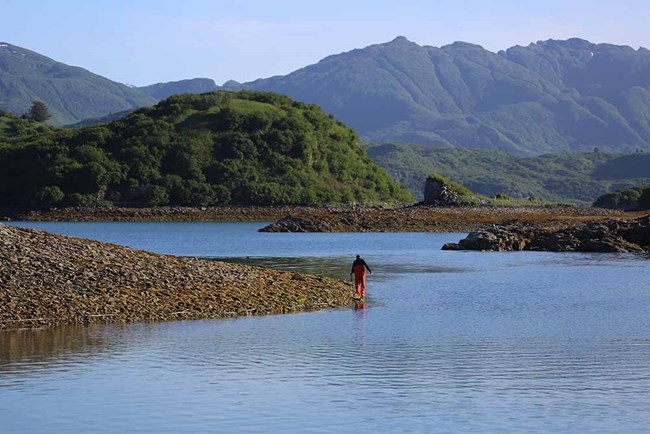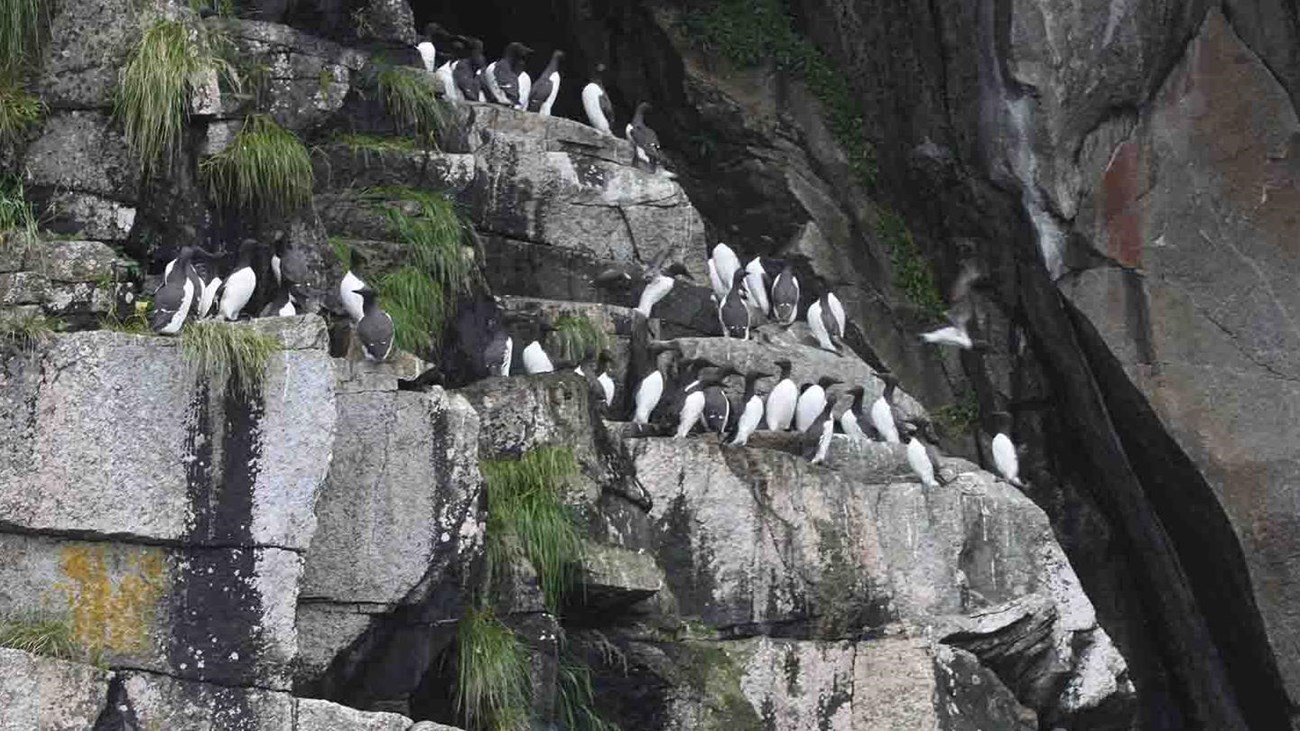
NPS/Jim Pfeiffenberger
Marine heatwaves are prolonged periods of time when ocean water temperatures are much warmer than normal. They occur all around the globe. A marine heatwave in the north Pacific Ocean began in August 2014 and lasted through July 2016 that was the largest heatwave in more than 150 years.
We're still learning about the impacts of marine heatwaves. From the Pacific marine heatwave, we've seen changes throughout the marine food web. Even apart from an actual marine heatwave event, warming ocean temperatures continue and slow the formation of sea ice, create metabolic stress for some animals, facilitate disease (such as sea star wasting syndrome), and foster more algal blooms, including algal blooms with harmful toxins.
What we are learning from the extreme marine heatwave gives us a glipse of what could be more common occurences as the oceans warm.

When a massive seabird die-off coincided with an extreme marine heatwave, we knew the ocean ecosystem had dramatically changed.

Explore the Impacts of an Intense Marine Heatwave on Alaska's Marine Ecosystems
We're still learning about the many impacts of the recent extreme Pacific marine heatwave. The National Park Service works with many partners to monitor ecosystems and conduct research that increases our understanding and tracks changes over time.
Learn more about how these efforts have helped track long-term impacts, the varied responses by different species, community-level impacts, and how ecosystems may recover.
What we're learning about marine heatwaves
Last updated: January 2, 2024
